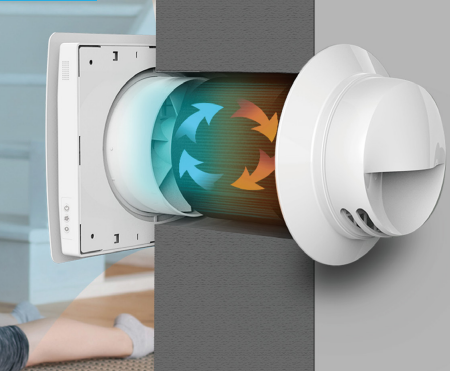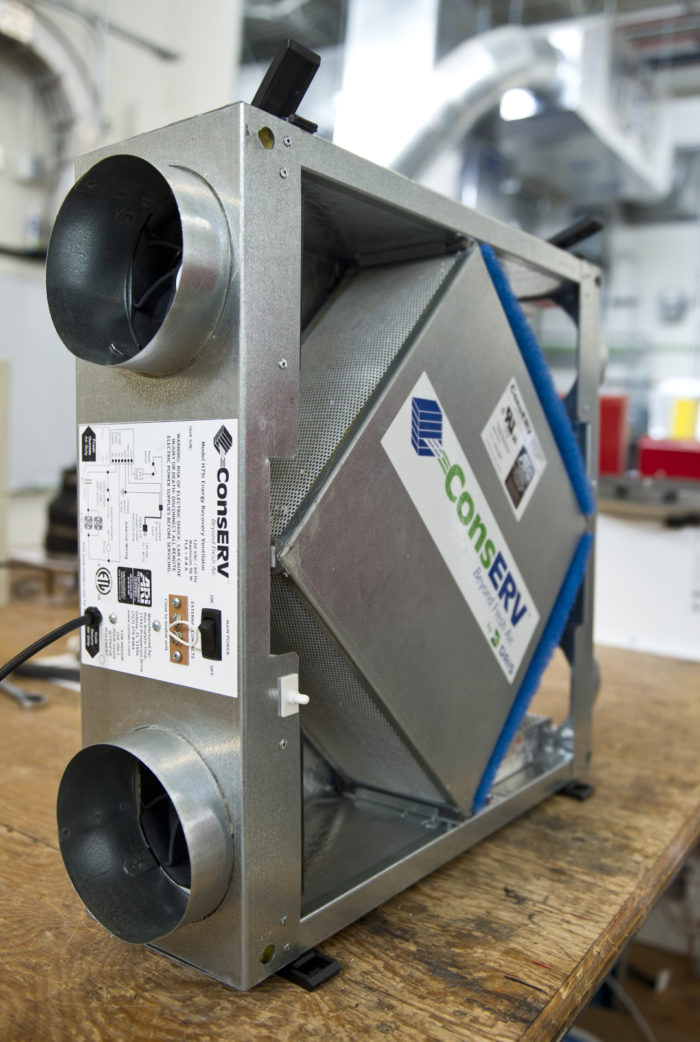Should You Buy HRV? Pros and Cons
Wiki Article
The All-Inclusive Overview to the Uses of Heat Recovery Ventilation in Modern Buildings
Heat Recovery Ventilation (HRV) systems stand for a considerable advancement in constructing technology (HRV Heat Recovery Ventilation). They give a technique for trading stagnant indoor air with fresh exterior air while lessening power loss. This strategy not just boosts indoor air quality but also contributes to energy efficiency in both residential and industrial structures. Recognizing the numerous applications and advantages of HRV can expose its essential function in contemporary layout and sustainability efforts. The implications of this modern technology deserve discovering additionallyUnderstanding Heat Recovery Ventilation Equipments

Although several modern buildings prioritize energy performance, recognizing warm healing ventilation (HRV) systems is important for maximizing indoor air high quality and reducing energy consumption. HRV systems work by moving heat from stagnant interior air to inbound fresh air, properly preserving comfortable interior temperatures while decreasing power loss. These systems contain a heat exchanger, fans, and ductwork that facilitate the flow of air. During wintertime, HRV devices record and recycle warmth from the outward bound air, while in summer season, they can aid cool down inbound air. By constantly trading air, HRV systems likewise reduce humidity and the focus of indoor toxins. Proper installment and maintenance of HRV systems are crucial for their effectiveness and performance in enhancing overall structure efficiency and comfort.
Benefits of Heat Recovery Ventilation
Heat recovery ventilation systems use numerous benefits that improve both energy performance and indoor air high quality in modern buildings. By recording and recycling power from exhaust air, these systems significantly reduce heating & cooling expenses, causing lower power intake. In addition, they keep a steady flow of fresh outside air, decreasing the risk of interior air pollutants and allergens. This continual exchange aids manage humidity degrees, avoiding mold and mildew development and guaranteeing a much healthier living environment. Additionally, HRV systems add to sustainability objectives by decreasing general carbon impacts. Their capacity to maximize air flow without giving up thermal comfort makes them an important enhancement to modern structure layout, promoting both economic and eco-friendly benefits.Applications of HRV in Residential Structures
As property owners increasingly focus on power effectiveness and interior air quality, the applications of warm recovery ventilation (HRV) systems in residential buildings have actually come to be extra prevalent. HRV systems are particularly useful in securely secured homes, where preserving fresh air blood circulation is crucial for preventing moisture buildup and indoor pollutants. They effectively move heat from outgoing stagnant air to inbound fresh air, reducing power prices associated with heating and air conditioning. Furthermore, HRVs can boost convenience degrees by controling moisture and temperature level. They are also adaptable for different residential designs, including single-family homes and multi-unit buildings. In general, incorporating HRV systems sustains lasting living techniques while guaranteeing a much healthier interior atmosphere for owners.HRV in Industrial and Commercial Setups
In business and commercial settings, the implementation of warmth recovery air flow (HRV) systems has actually ended up being significantly critical for optimizing power performance and keeping air quality. These systems efficiently transfer heat from exhaust air to incoming fresh air, decreasing the requirement for extra home heating or air conditioning. This not only lowers energy prices yet additionally adds to sustainability efforts. Industries such as manufacturing, warehousing, and office complex profit substantially from HRV systems, as they help manage temperature level and humidity degrees, making certain a comfortable and efficient atmosphere. HRV systems help in getting rid of contaminants and excess moisture, enhancing indoor air high quality. As policies around air high quality become stricter, the fostering of HRV modern technology is most likely to grow, making it a crucial component of contemporary industrial and industrial infrastructure.Future Trends in Heat Recovery Ventilation Innovation

Regularly Asked Inquiries
How Does Heat Recovery Ventilation Impact Indoor Air Top Quality?
Heat recovery ventilation greatly boosts interior air high quality by continuously exchanging stagnant indoor air with fresh outdoor air while recovering power. This procedure minimizes pollutants, maintains ideal moisture degrees, and guarantees a healthier atmosphere for residents.Can HRV Equipments Be Mounted in Existing Buildings?
HRV HRV Heat Recovery Ventilation systems can certainly be installed in existing structures. Retrofitting may require alterations to ductwork and air flow formats, yet it considerably boosts power efficiency and indoor air top quality, making it a viable alternative for older structures.What Upkeep Is Required for HRV Systems?

Exist Details Climates Where HRV Is A Lot More Effective?
Heat recovery ventilation systems are specifically effective in environments with significant temperature differences between seasons. These systems optimize energy effectiveness by recuperating heat from exhaust air, making them optimal for both cold and moderately cozy environments.How Do HRV Equipments Affect Power Bills?

Report this wiki page